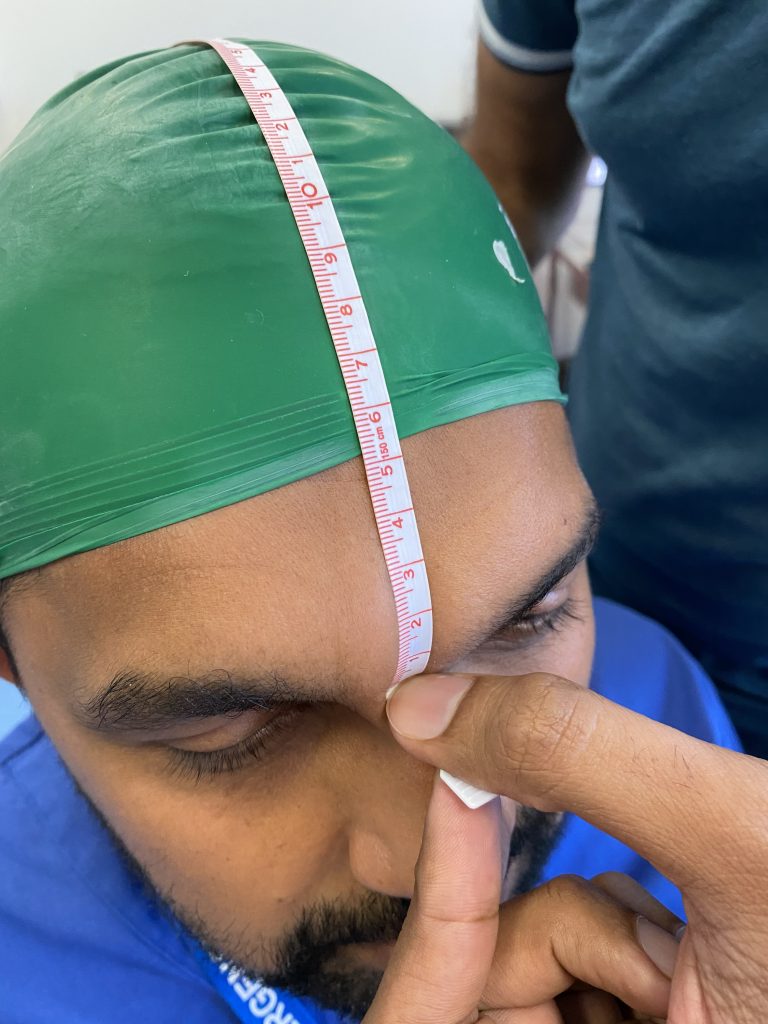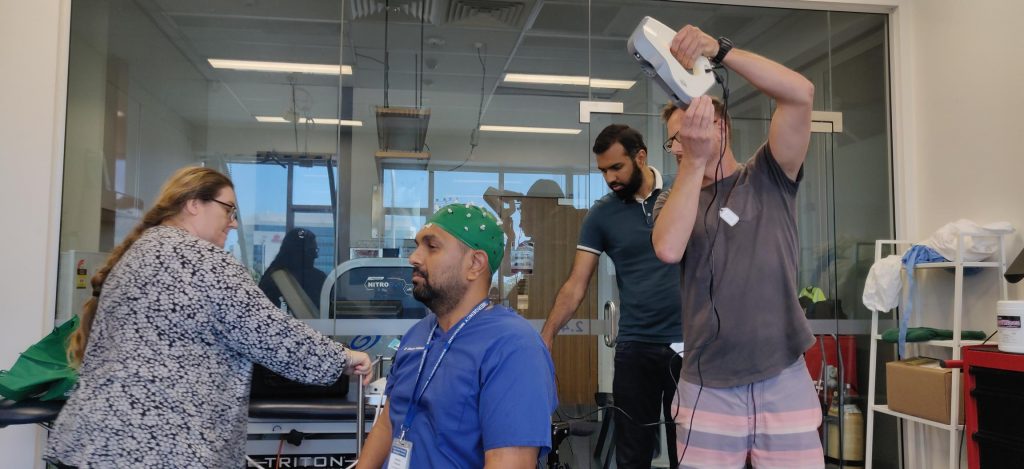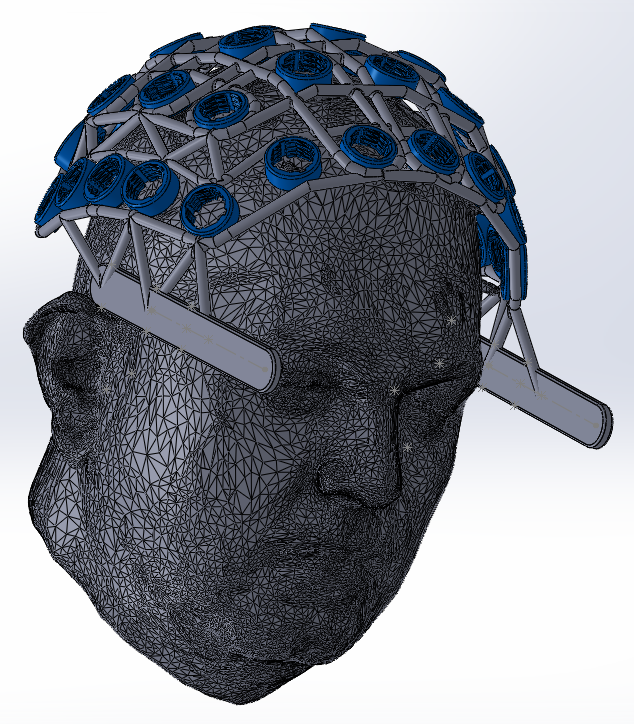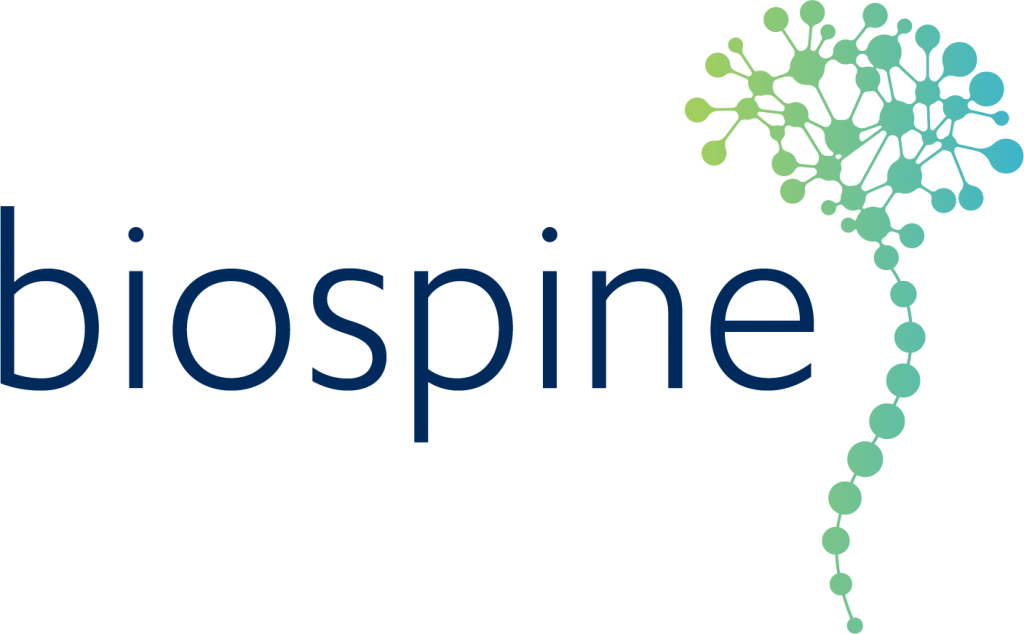
What is the BioSpine Research Group?
BioSpine is an ambitious research endeavour aimed at restoring movement and sensation in people suffering from spinal cord injury.
Overwhelming scientific evidence has demonstrated how the human nervous system can rewire itself, restoring both lost motor and sensory function. However, no rehabilitation therapy currently provides the adequate stimuli to the motor and sensory systems to enable rewiring.
The BioSpine team is developing a disruptive rehabilitation system using advanced brain control and human machine interfaces, based on a digital twin of the patient’s neuromusculoskeletal system, to provide all the appropriate motor and sensory stimuli to maximise neural plasticity and permanently restore the interrupted connection between the brain to the muscles.
The BioSpine project is led by a trans-disciplinary team of scientists, engineers, allied health professionals and industrial designers at Griffith University, University of Sydney, and Harvard University. BioSpine is generously supported by the Motor Accident Insurance Commission ($2,000,000) Perpetual IMPACT ($137,900), and Griffith University ($158,000) for a total of 3 years. (BioSpine linkedin bio)
How I fit into the BioSpine team.
During the final year of my Industrial Design degree at Griffith I was lucky enough to take on industry placement at ADaPT (Advanced Design and Prototyping Technologies). BioSpine is one of the projects I worked on during this placement.
The initial task assigned to me was to design an Electroencephalogram (EEG) monitor headpiece that could be repeatably placed in exactly the same position on each wear while still being adjustable and adaptable to any head size and shape.
Initial concept sketches and development.

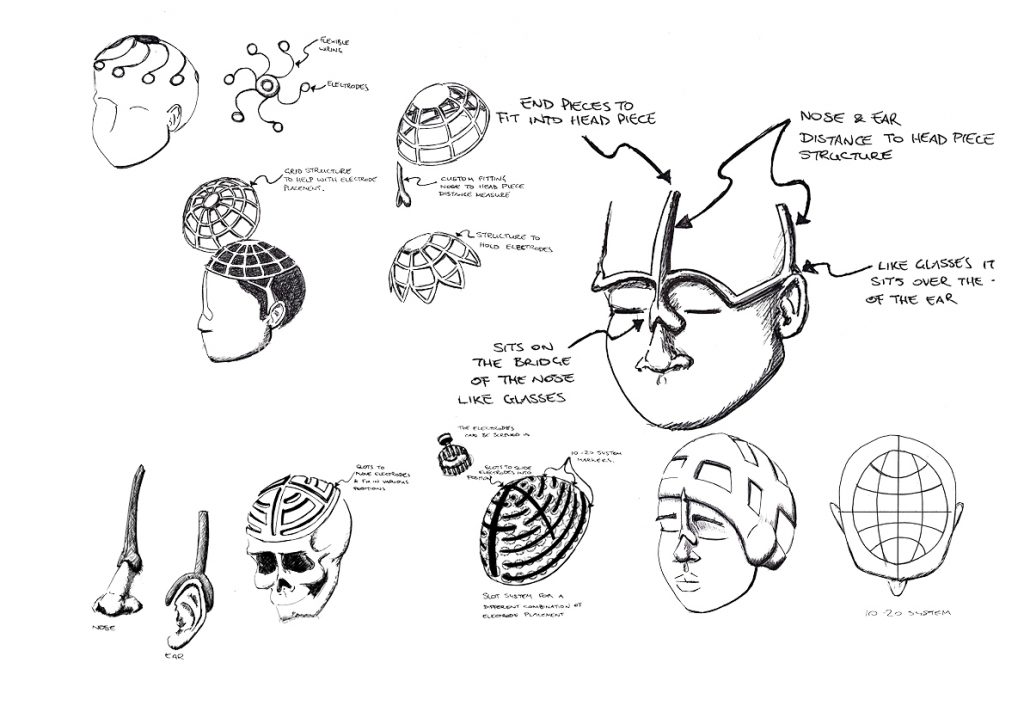
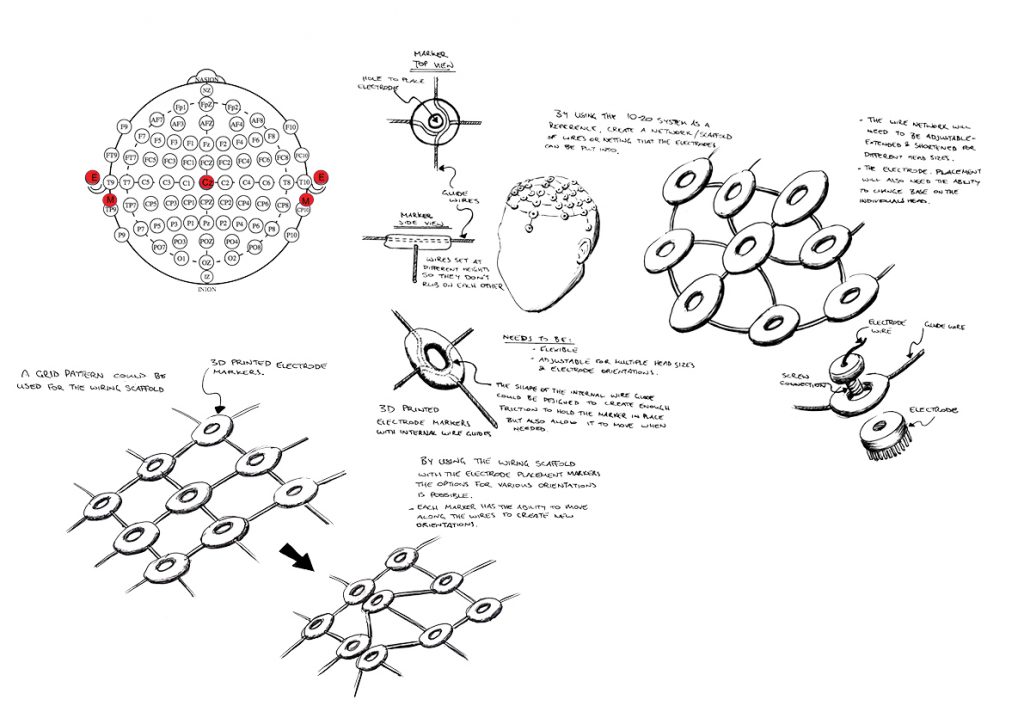
Over the course of my final year even after my placement had finished, I requested that I keep working on this project as I was and still am so fascinated by the idea.
On the same day that I handed in my final assessment for the degree, BioSpine took me on as a research assistant.
In this role I have worked with the team developing the idea. I have been looking at the available EEG’s on the market an their problems.
The design brief changed in this time from an EEG that could be adaptable to any head to one that is bespoke to each wearer.
This design brief change was due to improved test results from a design I had 3D printed. This EEG design was based off of Dr Dinesh Palipana’s 3D head scan. The scan was done with an Artec Eva Scanner and was made to make 3D modelling and virtual measurements easier and more accurate.
